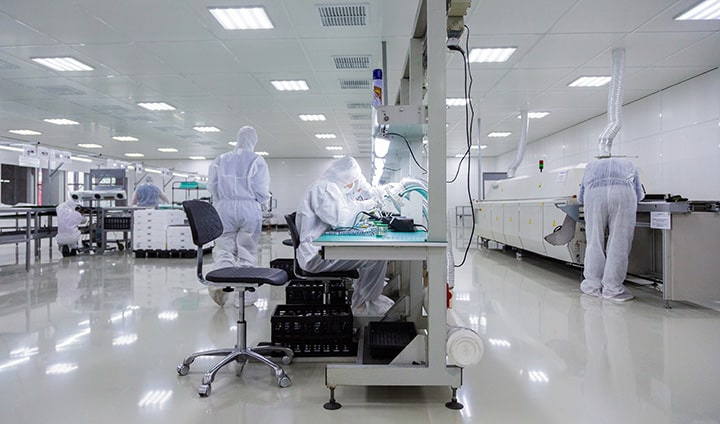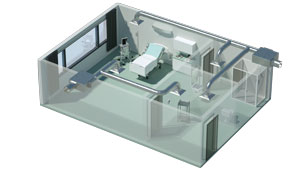Why Stable Sensors Are Essential for Clean Rooms

Clean rooms are special spaces designed to remove dust, germs, chemical vapours, and moisture. These rooms are vital in industries like semiconductors, pharmaceuticals, and medical devices, where even tiny particles can ruin products. To keep these rooms as clean as possible, maintaining the right air pressure inside is key—and this is where stable sensors come in.
Why Do Clean Rooms Need Different Air Pressure?

How Sensors Keep Clean Rooms Clean
The air pressure inside clean rooms is controlled by fans or blowers, usually through a system called VAV (Variable Air Volume). These fans pump more air into the clean room to increase the pressure.
Differential pressure sensors are used to measure the pressure difference between the clean room and the room next to it. These sensors then tell the VAV system how much air to pump. If the pressure gets too low, more air is added. If it’s too high, the airflow is reduced.
Because the pressure difference is so small, the sensors need to be super accurate. If the sensors lose their accuracy (which is called “drifting”), the system could either pump in too much or too little air, messing up the positive pressure. This means dust and other unwanted stuff could sneak in and ruin the products being made.
What Else Needs to Be Controlled in Clean Rooms?
Besides air pressure, clean rooms often need to maintain other environmental factors, such as:
- Temperature: Too hot or cold, and it could mess with delicate products.
- Humidity: Too much moisture could cause damage.
- Air Changes per Hour (ACH): This is how often the air is replaced in the room.
- Volatile Organic Compounds (VOC) Levels: These are harmful chemicals that could be dangerous in high amounts.
The Bottom Line
Sensors that stay accurate over time are essential for keeping clean rooms working properly. If the sensors drift, the whole system could fail, allowing harmful particles in. This could damage everything from medicines to microchips. So, whether you’re working in the medical, semiconductor, or any other high-tech field, reliable sensors are essential for keeping your clean rooms—and your products—safe.
If you have any questions regarding clean rooms, feel free to contact our Product Specialist via phone +604-6598286 or email sales@processpneumatics.com, they will be more than happy to help!



